Digital Transformation: How to Develop a Roadmap in Four Steps
It’s increasingly hard to adapt to new technology without rethinking the existing business models. In the last few years, COVID-19 forced many companies to adopt new measures. Now market and supply chain uncertainties disrupt these models in an economy becoming more and more digital. We often hear about digital transformation and digital convergence, but these notions can hardly be defined. The term “digital” has become so common that its overuse sometimes causes confusion.
Since the digital transformation process varies from one business to the other, it can be hard to find an all-encompassing definition. However, we can generally define it as the implementation of digital technology in all aspects of a company. Such transformations alter the operational modes of businesses, and the way they create value for their customers.
In a digital transformation process, traditional companies typically have to adapt their value chains to create new value propositions powered by data. But where’s a good place to start?
Why Undergo a Digital Transformation?
There are several reasons why a company might undergo a digital transformation, the most common one being necessity! This means that some business models need to be abandoned to make room for new ones.
Companies should thus adapt quickly to supply chain disruptions, market pressures, and the rapid evolution of customer expectations.
For instance, COVID-19 compelled businesses to reexamine their operational modes swiftly. And so, today a huge proportion of the workforce adopted this new way of doing things known as remote work. It’s become totally normal.
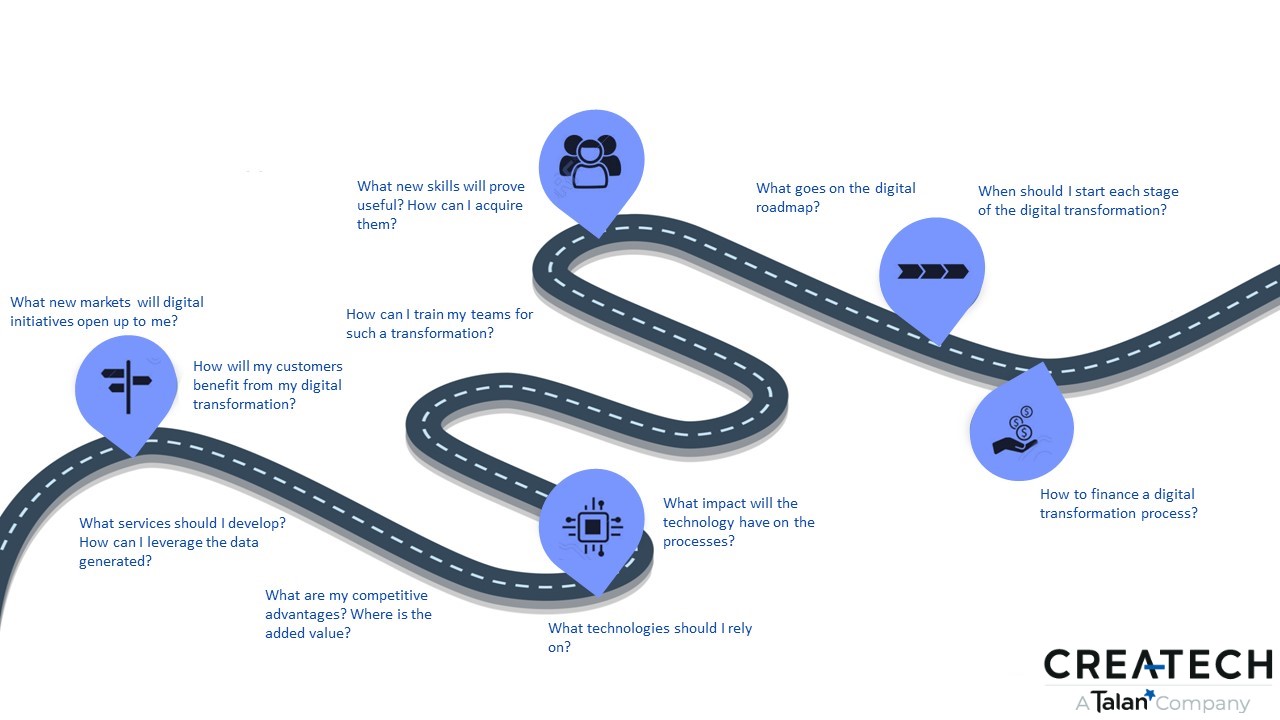
Fig. 1 Frequently Asked Questions About Digital Transformation.
How to Get Started With Digital Transformation or Improve a Technology Adoption Strategy?
Everybody—experts and professionals alike—agrees that a digital transformation must be part of any business strategy. Many companies create several digital service offerings and hire specialists to drive their transformation strategy. For that matter, the IDC firm predicts that within a few years, digital transformations will be of such magnitude that transformation efforts will grow from mere projects to standalone, dedicated business units.
But to start off, the project-based approach is better. One could argue that business process management (BPM) and digital transformation share some similarities. The former aims to rethink and reorganize business processes. The latter consists in adopting new technology, and identifying how the information will be used to optimize these business processes.
BPM is the best option for any company seeking to reach its digital transformation goals. BPM methods have proved their worth in operational agility, customer-centered innovation, and resource savings. So, there’s a reliable approach to adapt processes to new technological and digital contexts.
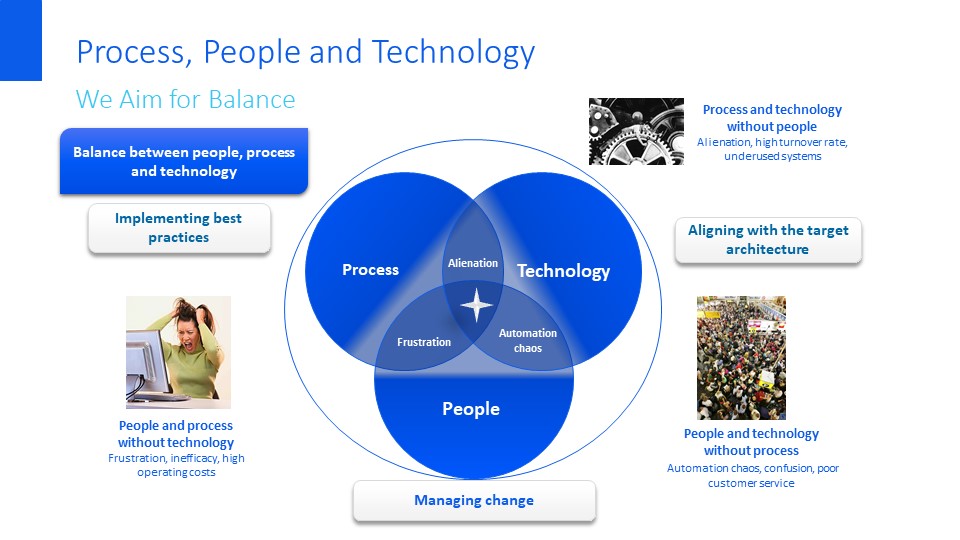
Fig. 2 Relation Between People, Processes and Technology, and benefits of a balanced approach to successful initiatives.
Digital Transformation in Four Steps
1. Defining Digital Needs Based on the Business Strategy
As is the case in problem solving, digital transformation should start with the statement of a problem, a clear opportunity, or an ambitious objective. You should first identify the goals and needs of your company, and use them as foundation for structuring your strategy.
Countless business plans fail to account for digital matters although it is crucial to gain a deep understanding of digital transformation in terms of values, goals, and objectives. For instance, goals can focus on optimizing the customer experience, increasing productivity, solving labor shortage problems, or improving profitability.

Digital Tools Used in Digital Transformation Management
It is crucial to use tools that give companies the means to observe, plan and demonstrate the impact that the changes have on the whole company, at each step of a project.
Methodologies stemming from BABOK1, TOGAF2, and BIZBOK3 are excellent, useful resources to structure things.
- https://www.iiba.org/career-resources/a-business-analysis-professionals-foundation-for-success/babok/
- https://www.opengroup.org/togaf
- https://www.businessarchitectureguild.org/
2. Identifying the Main Value Chains to Transform
Manufacturing companies greatly improved the performance of their value chains in the last 20 years, namely with Lean practices. Value chains have been developed to eliminate functional silos that have a detrimental impact on delivery, lead times, and quality. For some companies, the digital transformation process will require a complete process overhaul.
It is important to target only those value chains that need to be transformed rather than the entire system. This reflection on the significance of value chains is essential to prevent new technologies from aggravating existing problems.
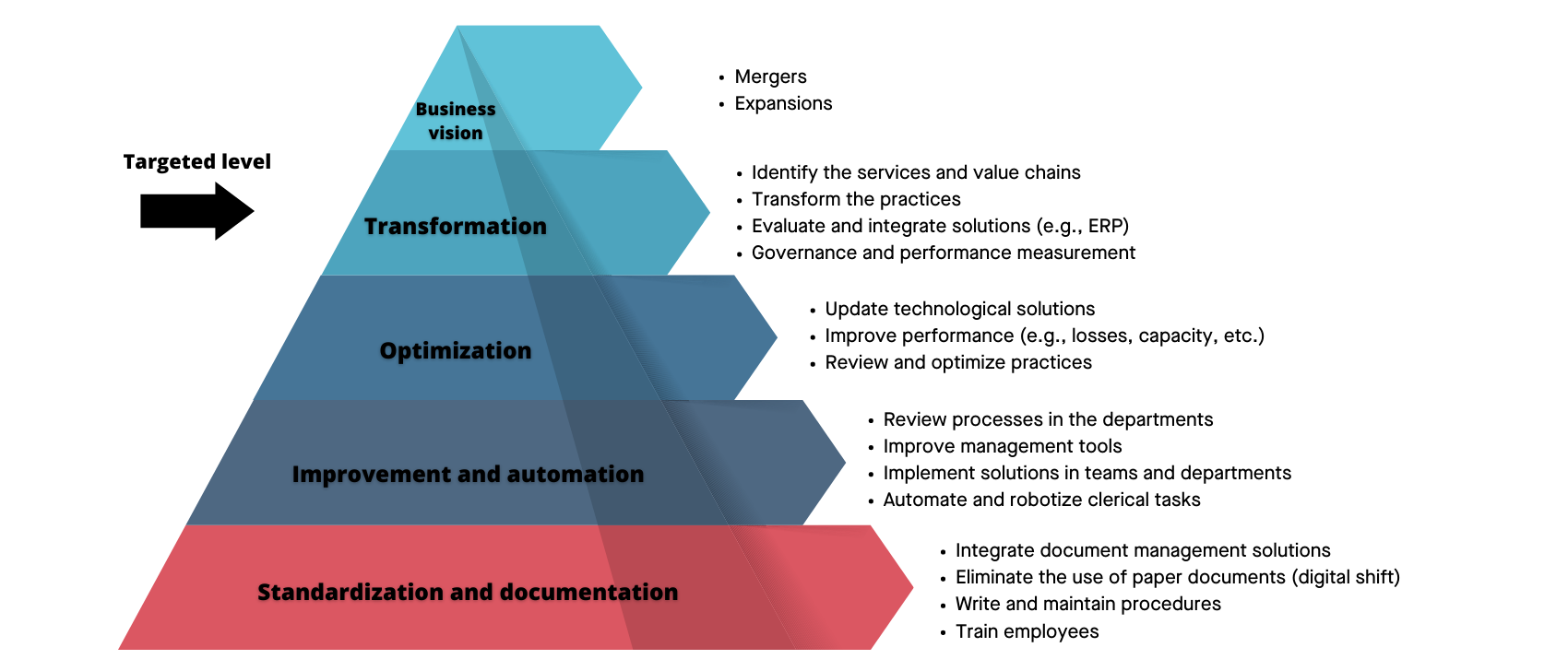
Fig. 3. Targeted Level for Digital Transformations.
And so, it is important to consider the customer journey in the value chain analysis. What inputs, technological means, capacities, and resources will be required at each stage of the value chain? Is the organization, in its current state, making sure that the value chain works well? What elements are critical to the organization, and which of them can be outsourced? Which key steps can be automated? A revised value chain will facilitate the choice of technological requirements that will help support it.

3. Developing the Strategy
It’s no easy task to analyze the business capacity of your company, and its conversion to digital solutions. In order for the company to reach its full potential, it’s important to gather all employees and make sure each one understands the tech that will support the processes you want to optimize.
To clearly define your digital strategy, you have to simplify complex ecosystems, assess needs in specialized labor, and address erroneous operational data problems.
The strategy will probably refer to hot digital topics such as remote work, collaborative platforms, business intelligence, robot-based process automation, integrated data management platforms, operational integration using ERP software, and—of course—security.
Ultimately, the technology you choose should be aligned with your goals, and help your organization reach them. For example, when a digital transformation makes use of AI or automation, employees can be worried about losing their job. That’s why it’s important to address their concerns, and implement change gradually.
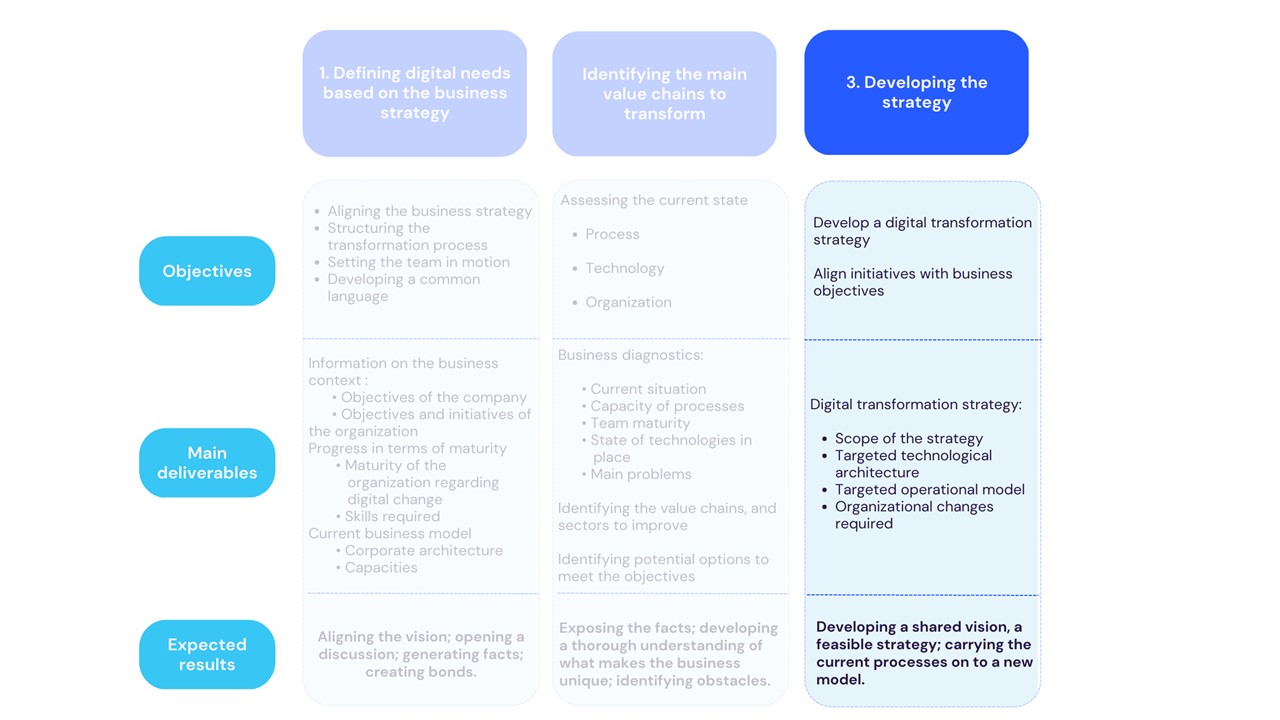
4. Digital Roadmap
The digital transformation roadmap is the plan that will help you leverage opportunities, and implement new systems and processes quickly and seamlessly.
The plan should not be limited to the implementation of new software and tools, but should also feature initiatives to include the people, processes, and data. There is often not sufficient focus on the way to incorporate the technology to the operational model, and how to engage the people who will be using said tech.
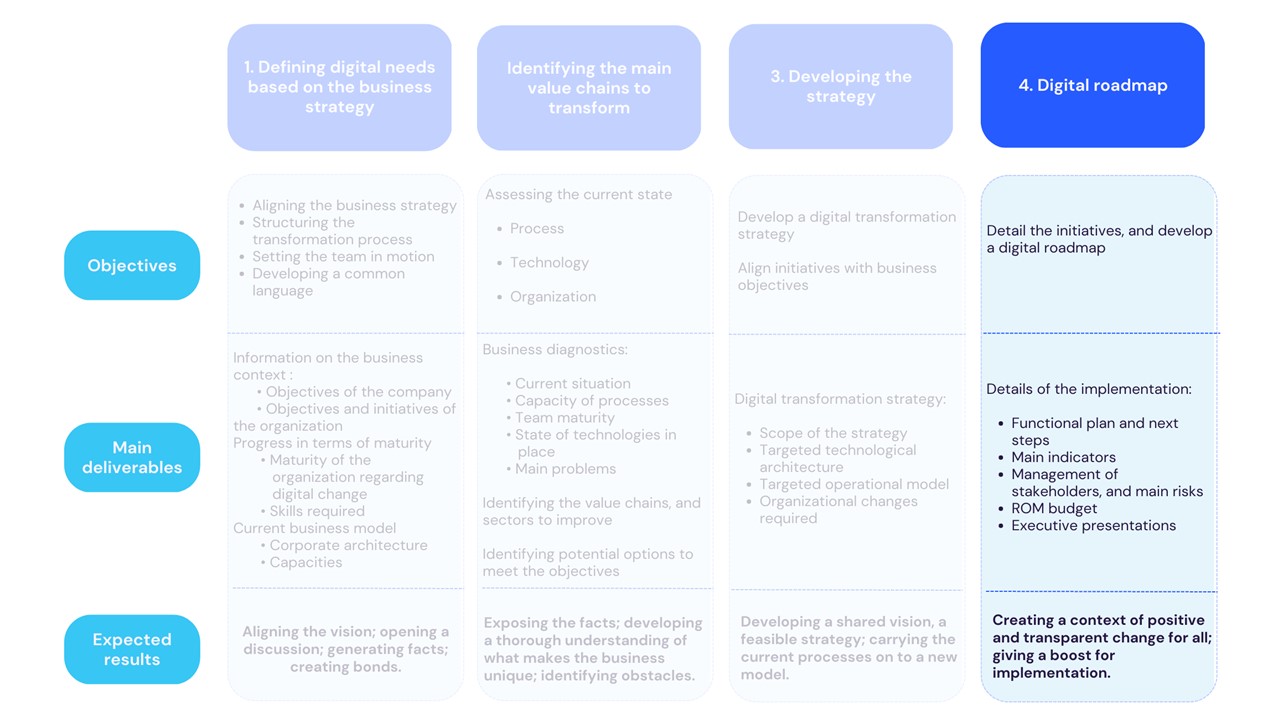
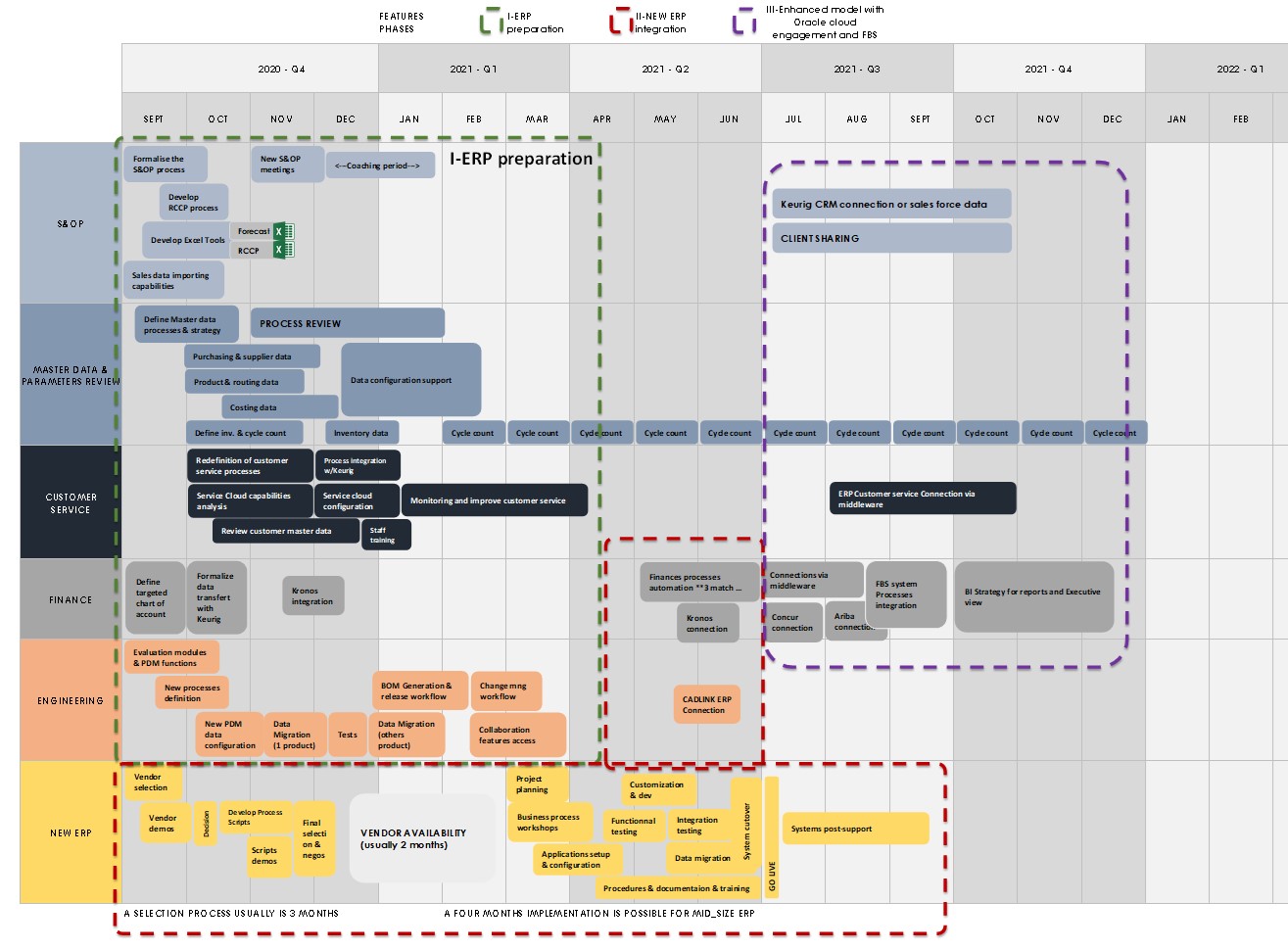
Fig. 4. Example of a High-Level Digital Roadmap.
Getting Started With Your Digital Transformation
A digital transformation can be a means to respond to market issues or limited resources, or can be justified by a desire to improve efficiency and productivity. Whatever the reason, it’s important to keep in mind that the digital transformation is a journey, and not a race.
And one thing’s for sure: this new era serves as an excellent test for our organizations; we all need to demonstrate our ability to respond easily to changing situations, rapidly evolving markets, and technological progress.
Contact us today to start your digital transformation journey.
References:
Liz Herbert. “The Future Fit Platform Strategy.” Forrester, https://www.forrester.com/blogs/the-future-fit-platform-strategy/, October 3, 2022.
Amit Raina. “Understanding the Microsoft Ecosystem and Its Advantages – Part 1.” ArganoArbela, https://www.arbelatech.com/insights-resources/blog/understanding-the-microsoft-ecosystem-and-its-advantages-part-1.html, October 3, 2022.
Amit Raina. “Understanding the Microsoft Ecosystem and Its Advantages – Part 2.” ArganoArbela, https://www.arbelatech.com/insights-resources/blog/understanding-the-microsoft-ecosystem-and-its-advantages-part-2.html, October 3, 2022.
Subramaniam, Mohan, moderated by Elizabeth Heichler. Bringing Customers Along on the Digital Journey. MIT Sloan Management Review, September 22, 2022.
Schallmo, Daniel R. A., and Christopher A. Williams. Digital Transformation Now! Guiding the Successful Digitalization of Your Business Model. Springer, 2018.





